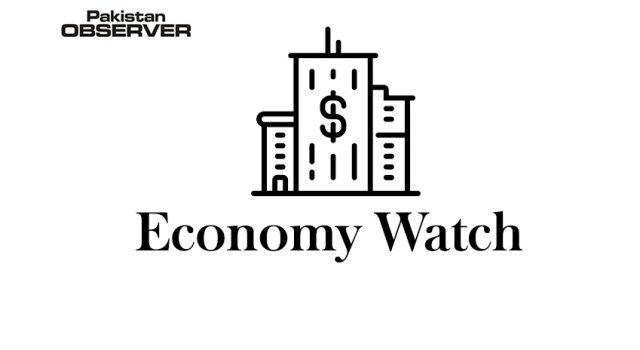Washington
The US budget deficit more than tripled to a record $3.1 trillion in the latest fiscal year on the government’massive spending aimed at softening the blow from the coronavirus pandemic.
The increase brought the deficit as a share of gross domestic product to 16% in the year ending in September, the largest since 1945, a Treasury Department report showed. At the end of the financial crisis in 2009, the ratio was close to 10% before slowly narrowing through 2015.
Investors have handed the government ultra-low borrowing costs to finance the spending, resulting in a 9% drop in federal interest payments during the year. But the national debt is now bigger than the size of the economy, and it could be almost double GDP by 2050 as an aging population places more demands on Social Security and Medicare, according to the Congressional Budget Office.—Gulf News









